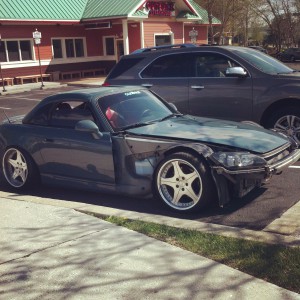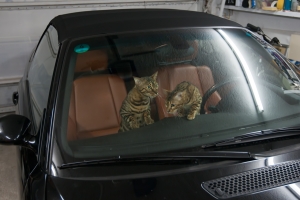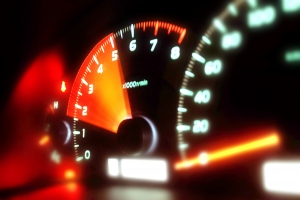 A car, like most of the things in our possession, will live longer and operate better if properly maintained. And new cars need maintenance just as much as the older vehicles – that’s how you keep them running like new longer!
A car, like most of the things in our possession, will live longer and operate better if properly maintained. And new cars need maintenance just as much as the older vehicles – that’s how you keep them running like new longer!
At Ormsby Auto, we have repaired numerous cars with problems that could have been prevented by maintenance.
Here are a few examples of how timely maintenance could have prevented the damage:
- Permanently worn tires due to the skipped tire rotation
- Worn out engine due to the skipped oil changes or reused oil filter
- Premature tire failure due to the skewed inflation balance
- Fuel pump failure caused by overused fuel filters
To help you take care of your car, we’ve put together a list of the most common mistakes car owners make when it comes to vehicle maintenance.
Neglect
Whether you do it consciously or unconsciously, neglecting the maintenance is the first step to expensive car repairs in the future. If you bought a new vehicle, you have an opportunity to start off the ownership on the right foot. Read the owner’s manual and mark all the maintenance steps, such as oil changes, tire inspection and rotation, car fluids check, etc., on your calendar. Some of them depend on the miles driven rather than the age of your vehicle, so a mobile app with reminders might be better for this purpose. Here is a selection of car maintenance apps for your device.
If you own a used vehicle, it’s never too late to start keeping up with maintenance, even if the previous owner neglected it. Some other things you should keep in mind in regards to maintenance:
- Never ignore “check engine” light and other warning signals that light up on your dashboard. Driving with these lights on can cause irreparable damage to your car.
- Don’t just focus on one thing. Yes, oil changes are important, but so is timely windshield wiper replacement and tire inflation.
No financial backup
Remember this: maintenance is not free. Your expenses may range for a few dollars for a new air filter to a few hundred for a set of new tires. And if you’ve been ignoring maintenance, expect to pay even more for repairs. It’s a good idea to put away money for expected maintenance costs, as well as for emergency repairs. If you continue driving a car that exhibits signs of trouble, expect to pay even more at the end – we’ve seen this happen a lot at our Rockville auto repair shop.
Inexperienced DIY
With the right knowledge and equipment, some of the simple car maintenance, such as oil change, wiper replacement and even tire replacement, can be performed in your own garage. However, more often than not, you should take your car to a shop to get it serviced by professionals. Your attempt to save money by doing DIY maintenance may lead to even higher repair bill at the end. Modern cars are extremely complex and it’s easy to do something wrong, for example:
- Using wrong, uncalibrated tools to disassemble the parts
- Using replacements parts that are not OME or are not for your specific car model
- Performing unnecessary actions
As you can see, a car owner can often become his own enemy by skipping maintenance altogether or resorting to DIY measures. Our Rockville auto repair shop is open for anyone who needs help maintaining their vehicles or repairing the damage. From talking to our customers, we’ve found out that the lack of finances and a busy schedule are the two most common reasons why people ignore car maintenance. At Ormsby Auto, we encourage you to find the time and start saving up money to prolong your vehicle’s lifespan.



